Two Rhodiola-based salidroside research studies have been published in 2023 -- one showing a hormetic effect with a large stimulatory zone[1] and another demonstrating incredible gut health effects![2]
In nutritional supplementation, striking the right balance can be tricky. We don't want hormones like cortisol or estrogen to be too high, but we also don't want them to be too low. In order to keep them in the appropriate physiological range, bloodwork is usually required to guide supplementation.
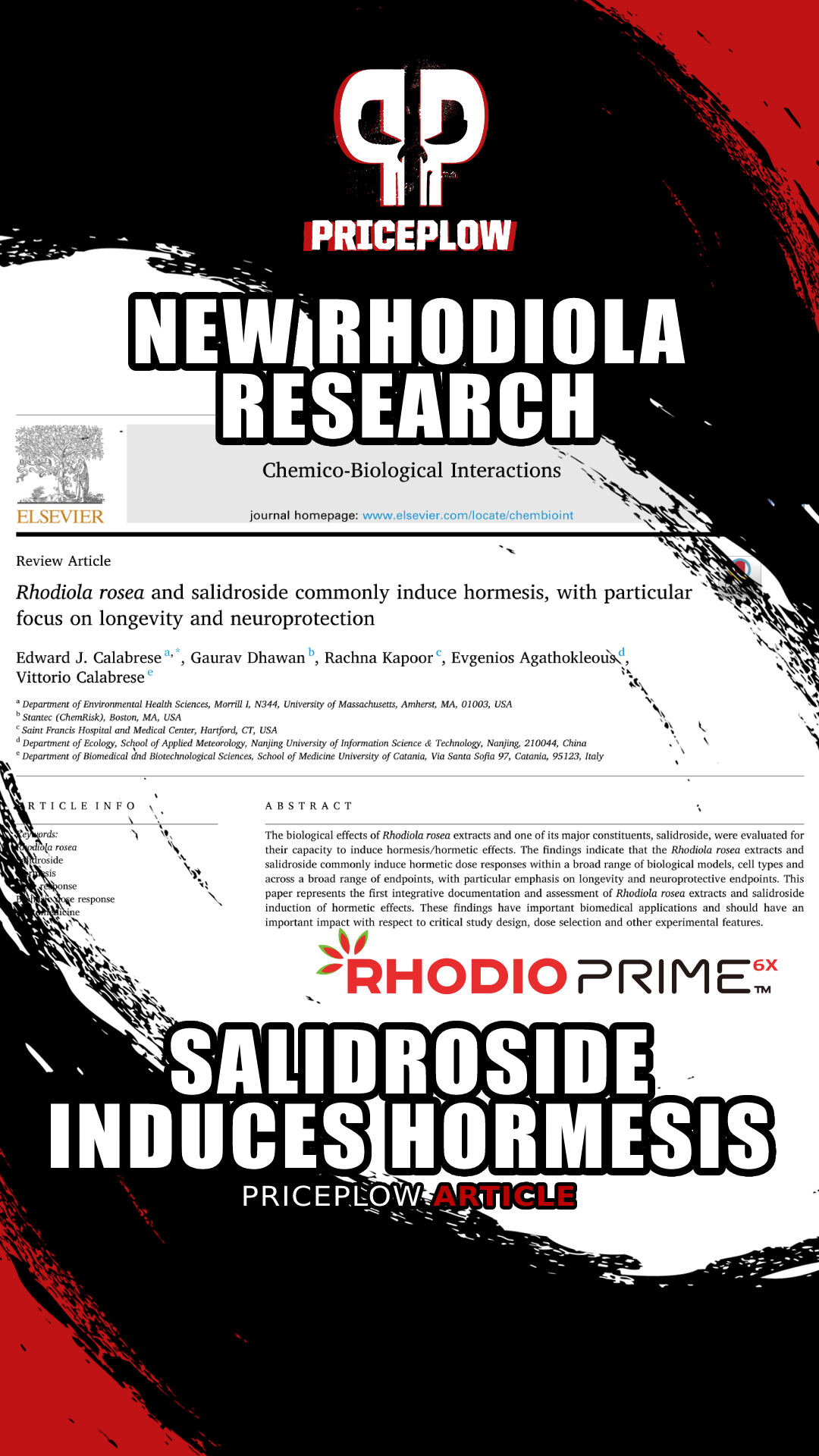
Two new studies on salidroside in Rhodiola have been published in 2023: Improved gut health and hormesis for longevity and neuroprotection
There's one category of supplements where this is less applicable – adaptogens. Adaptogens help normalize physiological processes, i.e. raising cortisol when it's too low or lowering cortisol when it's too high.
In more technical terms, an adaptogen should promote homeostasis through the regulation of physiological processes.
RhodioPrime 6X: Powered by 6% Salidroside
One of our favorite adaptogens is Rhodiola. The root has been shown to promote cortisol homeostasis;[3,4] and fight obesity by inhibiting adipogenesis[5] while improving glucose tolerance and insulin sensitivity[6] and suppressing appetite.[7,8]
These are just a few of the benefits associated with Rhodiola supplementation. There are others that can be specifically attributed to salidrosides, one of Rhodiola's bioactive constituents.
The benefits of salidrosides
Research shows that salidrosides can:
- Facilitate long-term potentiation (LTP), the brain's process of memory consolidation[9]
- Increase autophagy by activating mTOR[10]
- Improve cellular oxygen utilization[11]
- Upregulate catecholamine neurotransmitters like dopamine and adrenaline[12]
-
Inhibit monoamine oxidase,[13] the enzyme that breaks down neurotransmitters
- Enhance cognition[14]
- Decrease stress and anxiety[15]
- Attenuate depressive symptoms[16]
- Decrease physical and mental fatigue[17,18]
- Improve athletic performance[19]
- Improve bone healing[20]
So, with the lion's share of Rhodiola benefits coming from salidrosides, we should want a high-salidroside Rhodiola extract.
That's where RhodioPrime 6X from NNB Nutrition enters the picture. In 2019, we noticed significant shortcomings in the salidroside content in commercially-available Rhodiola extracts. We approached NNB Nutrition to produce a higher-salidroside version, and within 6 months, they presented us with RhodioPrime 6X -- at a whopping 6% salidroside content, far more than the usual 0-1%!
New research on this portion of Rhodiola shows that this was a great idea:[19,
New Salidroside Research in 2023!
We published a detailed analysis of RhodioPrime 6X that's linked above, and it's well worth reading, but today we're focusing on two new Rhodiola research studies that specifically target salidroside:
-
Rhodiola and Hormesis
The first study is a research review concerning rhodiola's ability to stimulate hormesis, particularly with respect to longevity and neuroprotection.[1] It was published by Edward Calabrese and his team of experts in toxicology, risk assessment, dose response, and hormesis at the University of Massachusetts. This is noteworthy because he basically wrote the book on hormesis, and is cited numerous times in our explanations below.
What is hormesis?
Hormetic compounds provide benefits until the dose gets too high, and generally their curve looks something like this.[21]
In hormesis, small doses of a compound are beneficial while larger doses are toxic.[22] More generally, your cells benefit from an adaptive response to low-grade stress. This stress can be not just chemical, but also physiological.[23] Exercise is actually an example of hormesis – the exercise itself is stressful, and even damaging, but thanks to the adaptive response triggered by exercise, your cells and muscles can rebuild themselves to be even stronger than before.
This pattern is called a biphasic response[22] – i.e., dosing up to a certain point yields a benefit (the first phase), while exceeding that dose causes harm (the second phase).
Salidroside has a classic biphasic response
Beyond exercise, low-dose phytochemicals can also have hormetic effects. According to Edward Calabrese's research review slated to be published in the August 2023 edition of Chemico-Biological Interactions, Rhodiola has hormetic properties with a classic biphasic response in multiple domains:[1]
- Aging / Longevity
- Oxidative free radical stress
- Erythropoiesis (red blood cell production)
- Neuroprotection
- Protection against hearing damage
- Protection against bone fractures
- Cartilage health
- Bone cell proliferation
While there are different mechanisms of action behind these effects, one big takeaway from this study is that animal studies with massively high doses of salidroside showing "toxic" effects are not necessarily a bad thing – subtoxic dosing of a chemical stressor is exactly what yields the hormetic benefit.[1,24-27]
Generally, in hormetic situations, there's often a maximum stimulatory response that leads to effects generally from 30% and 60% greater than placebo controls. This range also normally averages doses 10-20 fold below the toxicological/pharmacological threshold.[21]
However, there's a lot of variability in the "stimulatory zone" across different herbs - not any two supplemental ingredients are the same.
Salidroside has a very large stimulatory zone
Thankfully, in numerous studies cited by this paper,[20,28-34] there were no negative effects until massive doses of salidroside were administered -- a great majority of dose ranges were therapeutic.[1] And in other experiments, the highest dosing wasn't deleterious -- the results from the highest doses merely returned to baseline, showing the same effects as controls (after lower/hormetic doses had benefits).[20,35-38]
This means that there's a very large stimulatory zone for Rhodiola, and with the doses generally recommended -- 200-600 milligrams per day in humans -- we're unconcerned with overstepping the hormetic zone.
This is very helpful for supplement enthusiasts and industry professionals: it represents a huge step forward in precisely quantifying the hormetic dose-response range of Rhodiola extracts like RhodioPrime 6X.[1] Obviously, we don't want to take too much of a hormetic supplement, so we must know exactly where the point of diminishing returns lies.
And ultimately, Rhodiola's toxicology is not a concern for any reasonable doses, according to a 2019 review of several toxicity studies.[39]
-
Salidrosides' Anti-Obesogenic Effect and Gut Health Benefits
The other study we want to mention today is a salidroside-specific animal study.[2]
In this experiment, the researchers randomly assigned mice to one of three groups:
- Standard chow (CHOW)
- Standard chow + 15 mg/kg salidroside (CHOW+SAL)
- High fat diet + 15 mg/kg salidroside (HFD+SAL)
New research is showing that rhodiola extracts high in salidroside are the ones with the most potential... so why do so many supplements have such terrible standardizations? With RhodioPrime 6X, that all changed...
The mice were treated in this fashion for 8 weeks.
Predictably, the high-fat diet worsened the metabolic health of the mice, causing glycemic dysregulation and insulin resistance. But amazingly, the HFD+SAL group showed roughly the same metabolic health status as CHOW and CHOW+SAL.[2] In other words, the study authors demonstrated that salidroside treatment virtually reversed the negative metabolic effects of the high-fat diet!
Improved lipids and inflammatory biomarkers
Similar effects were observed for tumor necrosis factor alpha (TNF-a), serum lipopolysaccharide (LPS), and inflammatory interleukins.[2] And with respect to all cardiometabolic variables measured in this study, salidroside treatment brought HFD-fed mice in line with, or close to in line with, standard-chow-fed mice.[2]
One particularly important and notable reduction was in blood triglyceride (TG) levels. From the visual data provided, we estimate that salidroside treatment reduced blood TG levels by about 80%![2]
Summing up the results, they found that SAL treatment in HFD-fed mice:[2]
- Decreased weight gain and fat accumulation
- Improved symptoms of metabolic syndrome
- Reduced liver inflammation
- Repaired intestinal damage
- Improved gut flora
So far, this was a pretty standard randomized controlled animal study, but then, the researchers took things to the next level.
Can salidroside-enhanced gut improve fecal transplants?
In a second experiment, at week 4, the researchers transplanted feces from the dietary mice groups into a new group of recipient mice. The reason for this is that gastrointestinal microflora is now an established factor in metabolic health, and fecal transplants work by establishing new microflora. Thus, if fecal transplants from salidroside-treated animals cause metabolic improvements, that can be taken as proof that salidroside's effects are at least partly mediated by its impact on gut microflora composition.[2]
The recipient mice were randomly assigned to three groups, just like the mice in experiment 1 – they got either CHOW, CHOW+SAL, or CHOW+HFD for 8 weeks after the fecal transplant.
As it turns out, the fecal transplants did cause a number of benefits in the HFD-fed recipient animals. More specifically, they:[2]
- Decreased weight gain and fat accumulation
- Repaired intestinal damage
So salidroside supplementation does appear to have a beneficial impact on the gut microbiome.
Conclusion: Salidroside is where the best Rhodiola benefits are
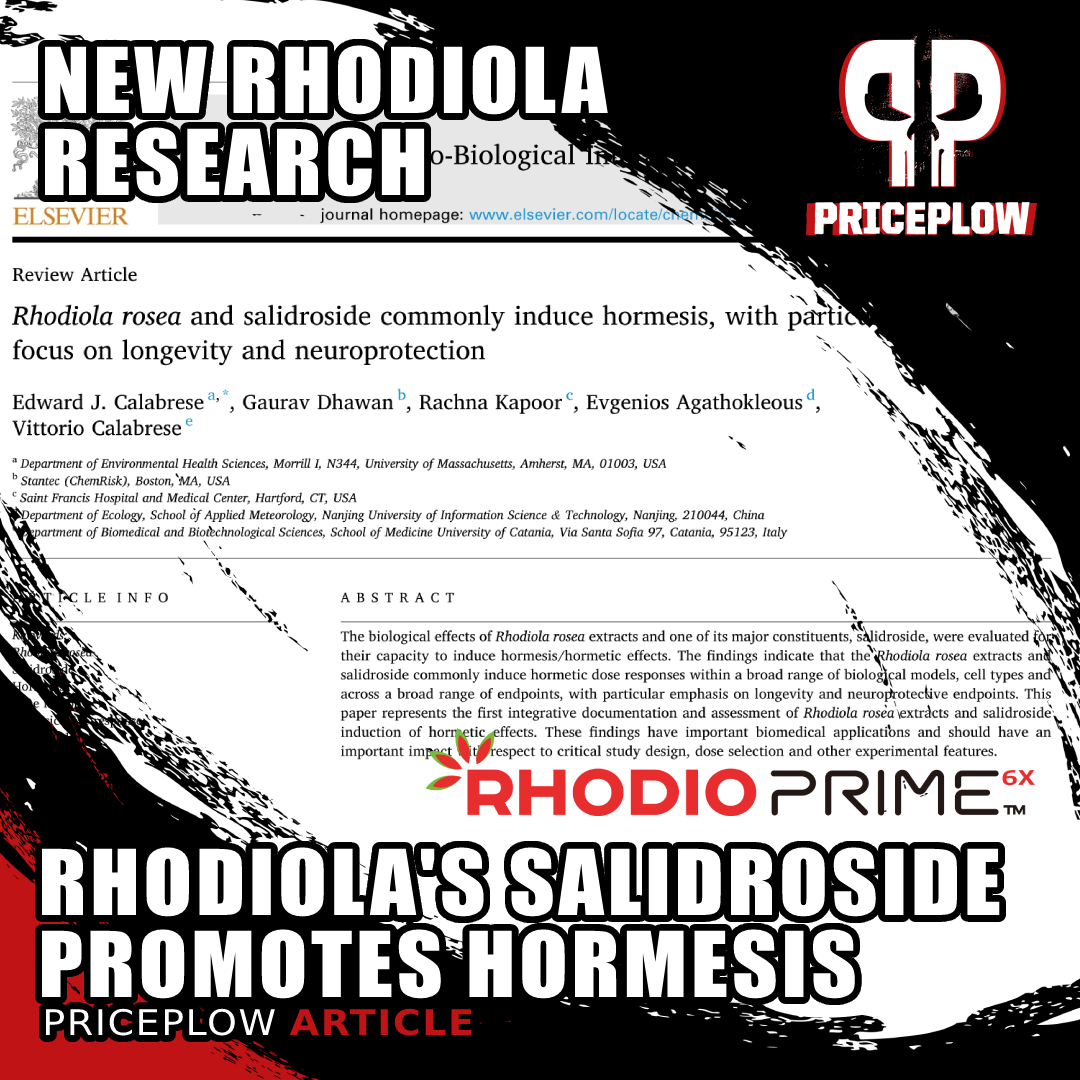
With improved gut health and hormesis for longevity/neuroprotection, we wonder if we'll see more Rhodiola in gut health supplements
Once again, we see the benefits of high-salidroside Rhodiola. Prior to 2020, it was too difficult to find a trusted and standardized extract that would remain on the market long enough for supplement brands to comfortably formulate with. NNB Nutrition solved that problem with RhodioPrime 6X, whose industry-leading 6% salidroside standardization will reliably be here for years to come.
The hormesis study is an excellent development for the supplement industry – seeing researchers take steps toward precise quantification of optimal dose ranges for any supplement is something we'll always approve of.
And, to our knowledge, fecal transplant studies with salidroside have not been done before the mouse study we discussed above, but we're a bit less interested in that part, and more interested in the fact that it improved gut health so very much.
You can read more about salidroside in our RhodioPrime 6X article, and read more about the herb in general in our Rhodiola article.
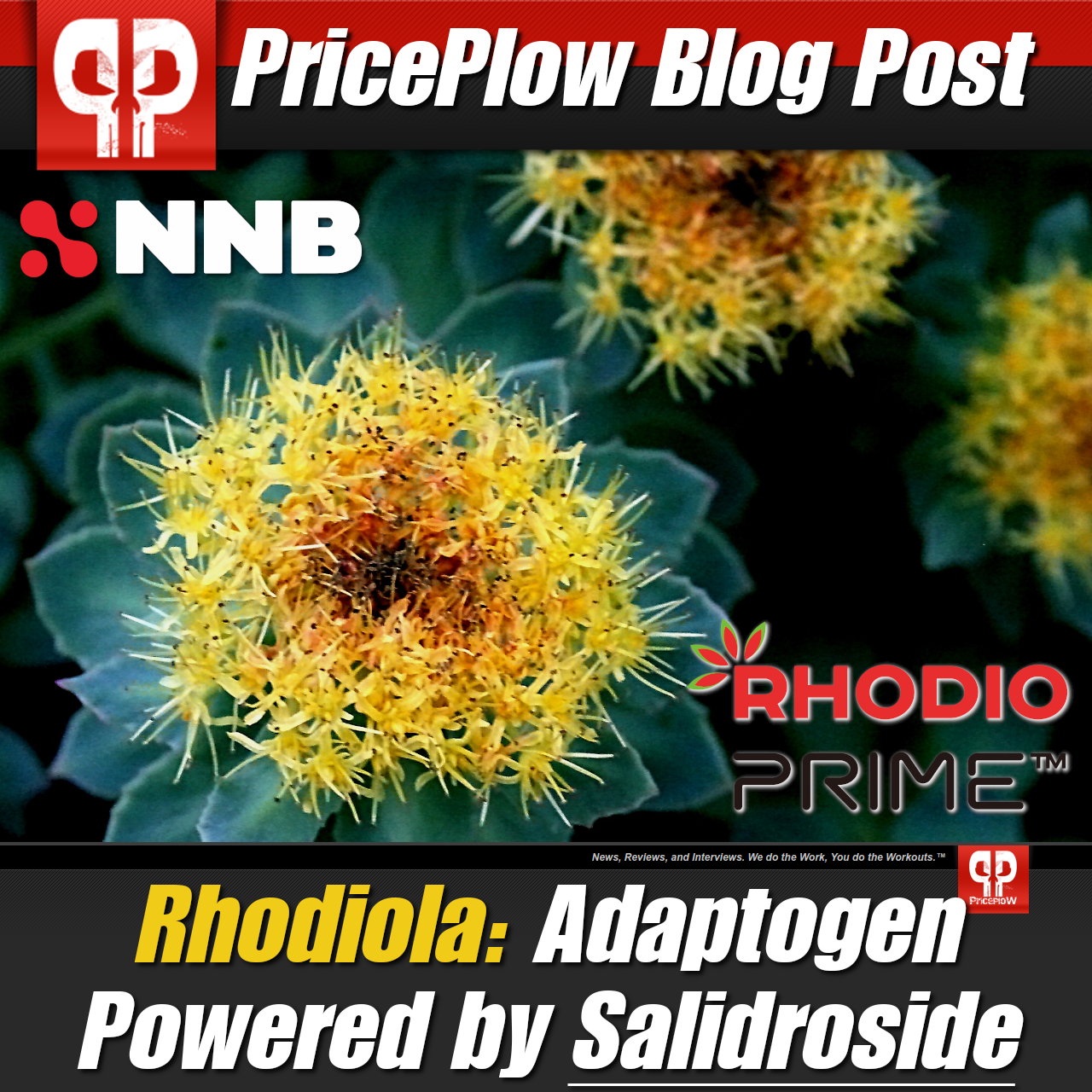
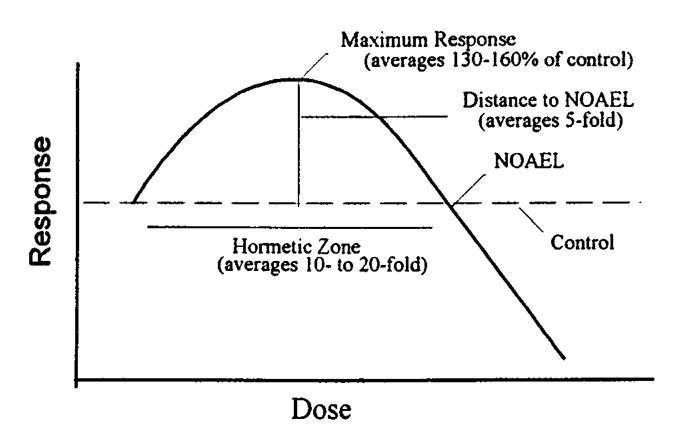
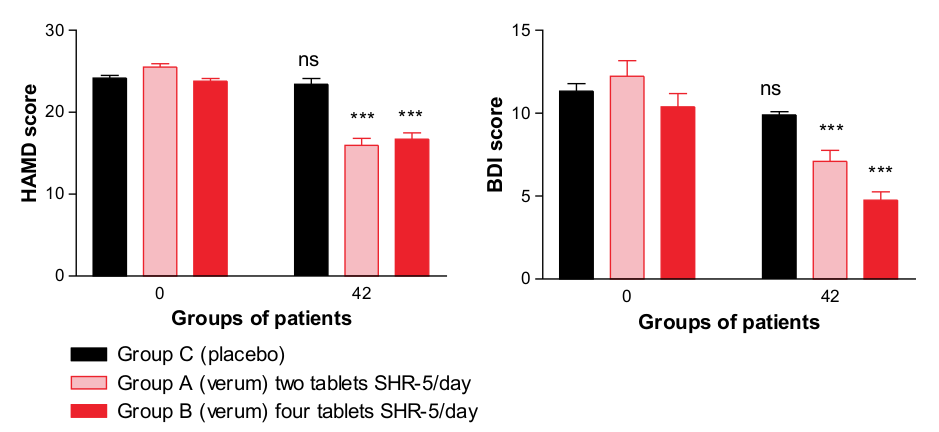
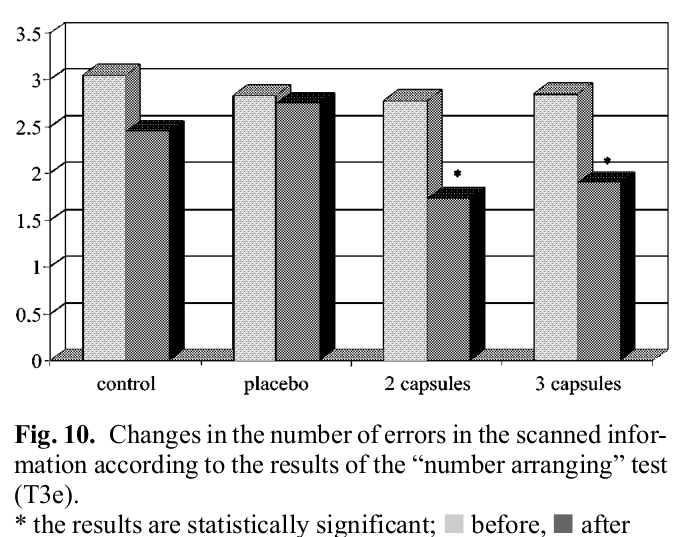
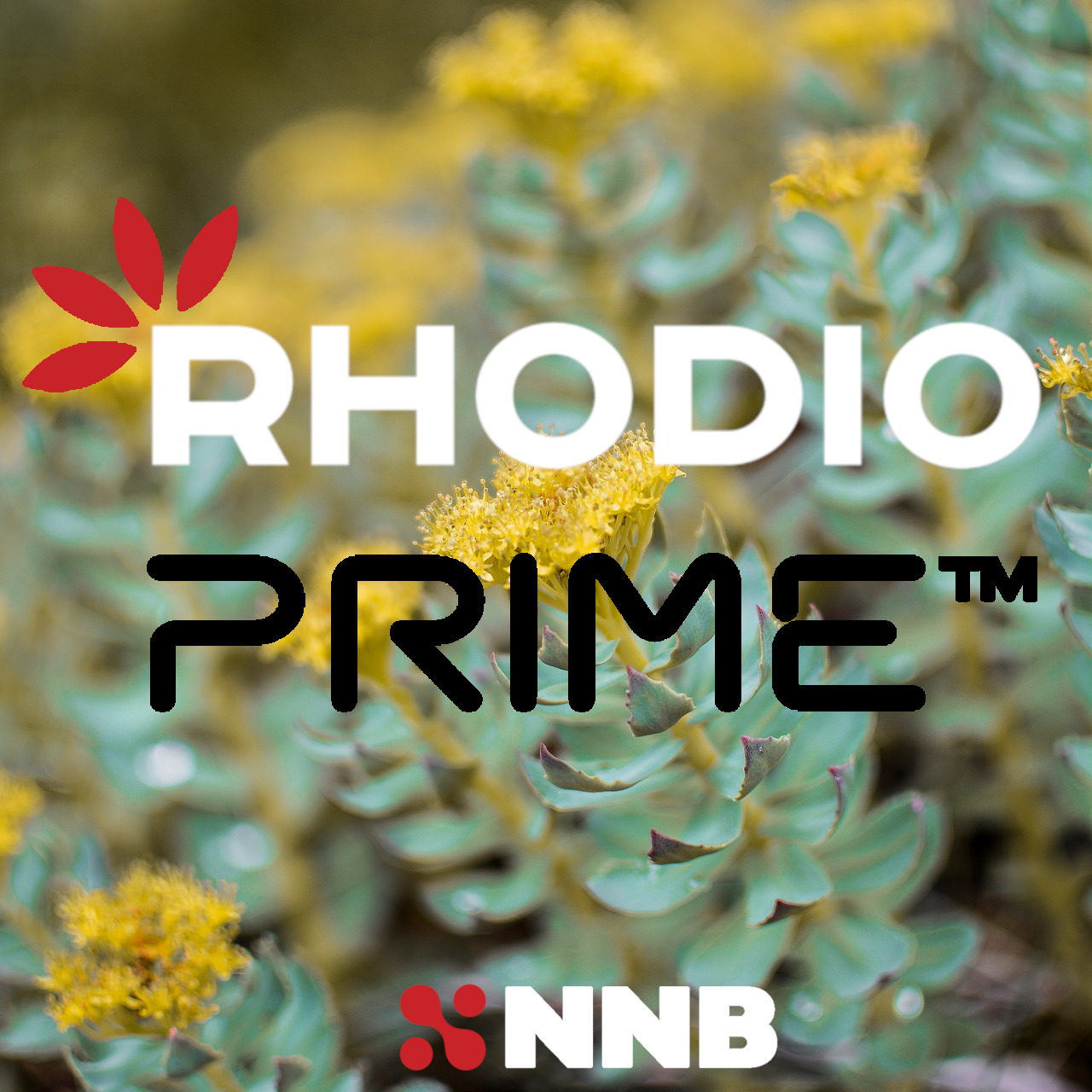
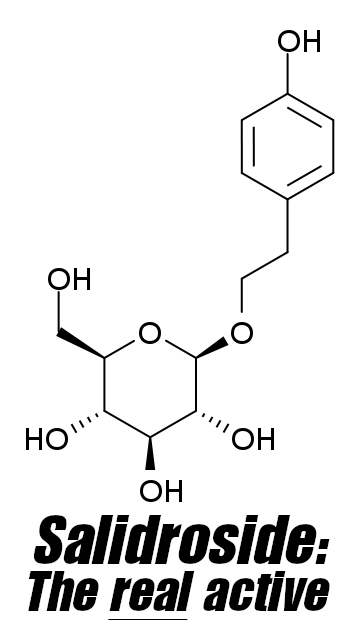
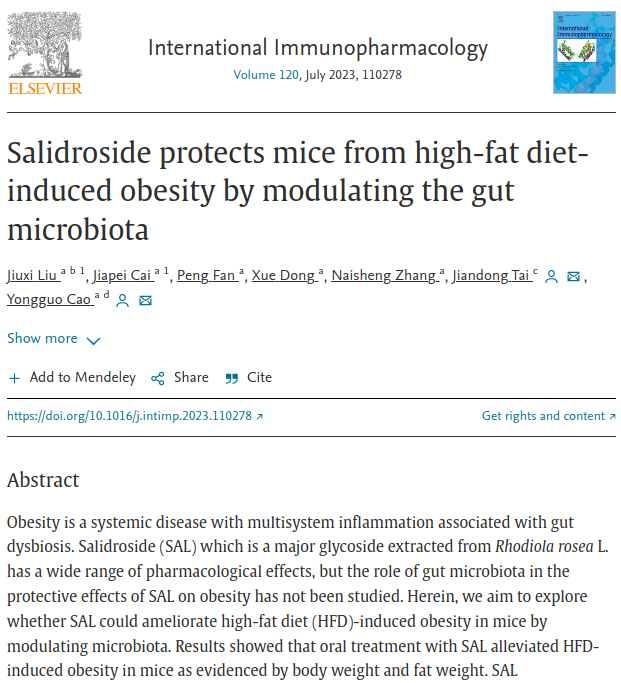


Comments and Discussion (Powered by the PricePlow Forum)